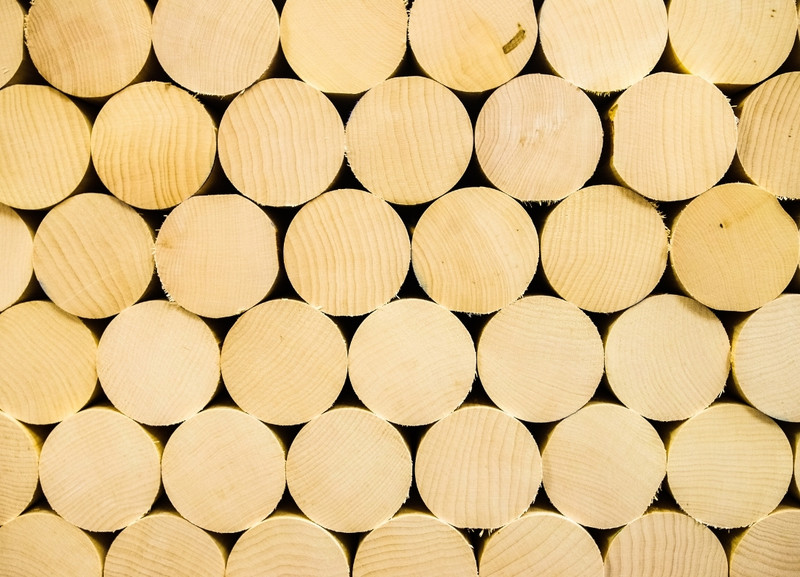What Is the Difference Between Ash and Maple Bats?
The main difference between ash and maple bats is the density and strength. Maple is the strongest and most dense without much give, while ash wood is less dense and flexes more. Read on to discover how these differences could affect your performance.
WOOD SPECIES |
SOLIDNESS |
GRAINS |
PROS |
| ROCK MAPLE | Strongest all around
Most dense Not much “give” |
Less visible
Engraves best |
Most pop for biggest hits
Best inside pitch protection Used by more pros |
| NORTHERN WHITE ASH | Less dense/strong
Allows wood to “flex” more |
Very visible | Best for hitting to where you want
Most forgiving on miss-hits off end Longest hitting area on the barrel |
ABOUT MAPLE BATS
When you are looking for maximum power, maple bats are the way to go. More energy gets transferred to the ball from a maple bat, so it's no surprise that it is the preferred wood by the majority of pros.
RECOMMENDED FOR:
Sluggers and those who miss-hit further down the barrel towards the middle of the bat
PROS:
Maple is the hardest wood used for a modern wood game bat, as evidenced by the tight grain structure. More energy is transferred to the ball, and the extra power that comes from maple bats versus ash bats translates into about 10-15 extra feet of distance. Due to maple’s strength, a maple bat is better at handling those miss-hits that occur further down the wood bat barrel towards the bat's logo. So, if you tend to get jammed, more so than any other miss-hit, a maple bat is your best bet.
In game, a maple wood bat gives the best feeling of crushing the ball. The unmistakable crisp loud “pop” when the ball is hit solid will turn heads.
For looks, the nice smooth grain structure makes engraving and colors jump off maple bats. Ash has a much grainier wood structure than maple, so engraving fill-in colors tend to soak in to the pores in ash bats much easier.
CONS:
Maple has the smallest sweet spot (the prime hitting area along the barrel). Maple bats have anywhere from a 1-2” smaller sweet spot area.
Maple is also not ideal for the batter who miss-hits off the barrel end. Because maple is such a dense wood, a maple bat does not flex as well as an ash bat. That flex, found most in ash bats, is what allows the shock–produced from hitting off the barrel end–to escape. On a maple bat, that shock may travel down the bat to the handle (the weakest part of the bat), which is where you will see the break.
Finally, for those not used to a wood bat, maple will sting your hands the most when you miss-hit. But, hit it solid—and the sting goes away!
About ASH BATS
Ash bats provide the opportunity for players to swing faster, connecting with the ball more often, as weights in almost every model can become more manageable.
RECOMMENDED FOR:
Barrel-end miss-hitters and vintage league players
PROS:
Ash bats offer the longest/largest sweet spot, so more balls get hit more solidly. Due to ash being not as dense as maple, it flexes when hit, producing a “trampoline” effect that gives you greater control over where you hit the ball. For those who swing bigger bats, another major difference between ash and maple bats is that an ash bat can be made lighter than a maple bat. So, you can get greater bat speed to fight off fastballs. We still recommend sticking with the design specifications of the model you are looking at. Just know that you can usually get the same bat a 1/2 ounce lighter. And for an old school classic look, nothing beats the flame finish only available on ash bats.
CONS:
One key difference between ash and maple bats is that ash is not as hard as maple. So, an ash bat is more likely to break in the handle when a player is “jammed” by an inside pitch down the barrel above the handle.
Another shortcoming of ash bats is that they aren’t as forgiving when hit on the wrong "side" of the bat. When hit on the side of the engraving, or opposite, an ash bat can flake apart.
choosing the best bat for you
Now that you know the difference between ash and maple bats, we hope you consider a Phoenix Bat—precision crafted from premium grade wood on the most advanced bat making machine in the world. Please note that not all woods are available for all bats as proper bat weight, critical to getting the benefit of swinging wood, may not be achieved.
While not covered in this blog, do check out our "Selecting A Wood Bat" page for more information about maple, ash, and birch (the more recent wood used—a great choice for those new to wood bats or who miss-hit all over the bat).
Check out our related posts!

